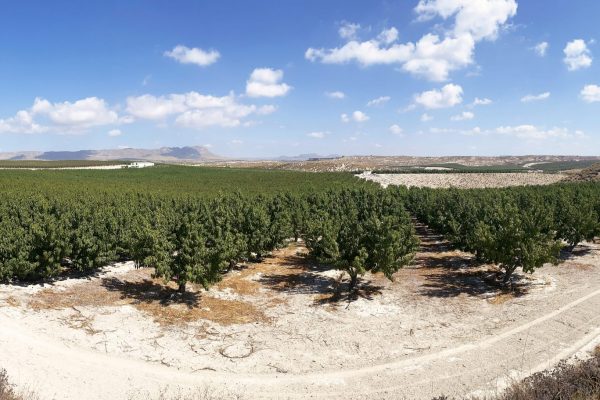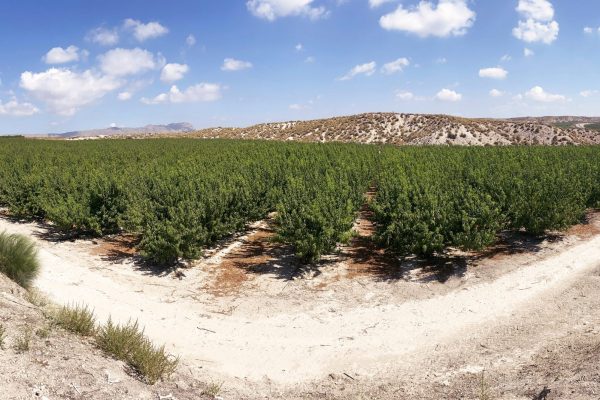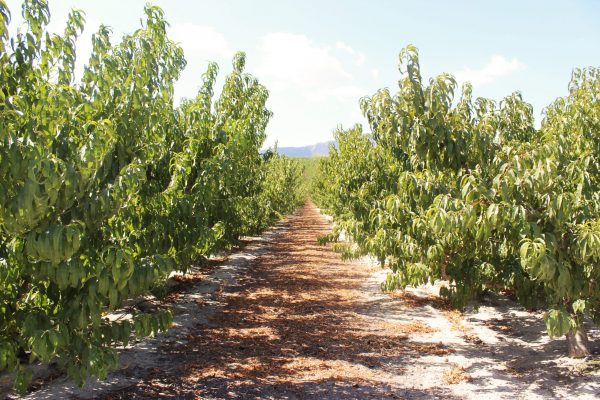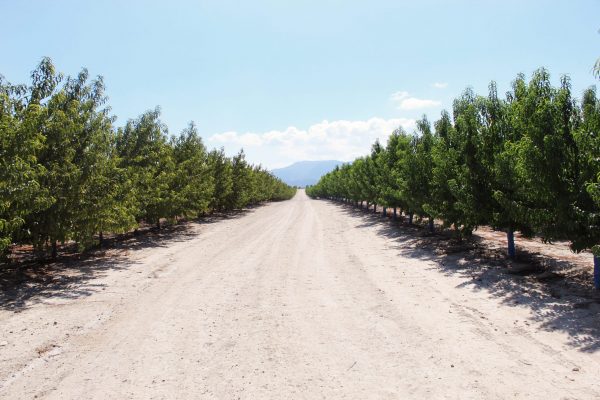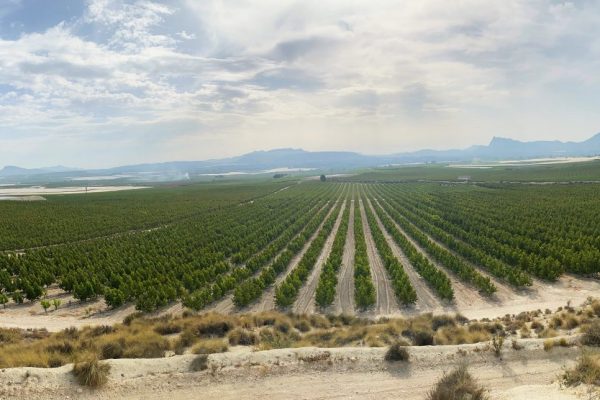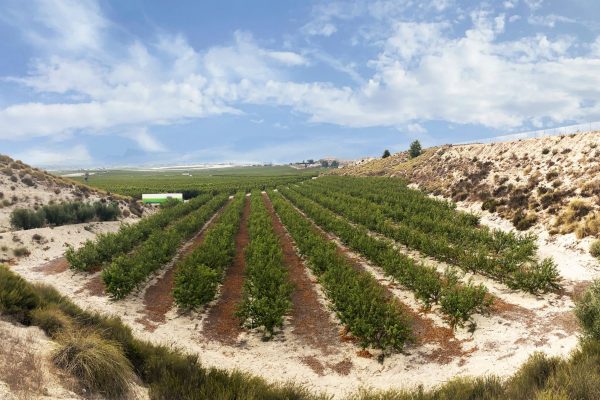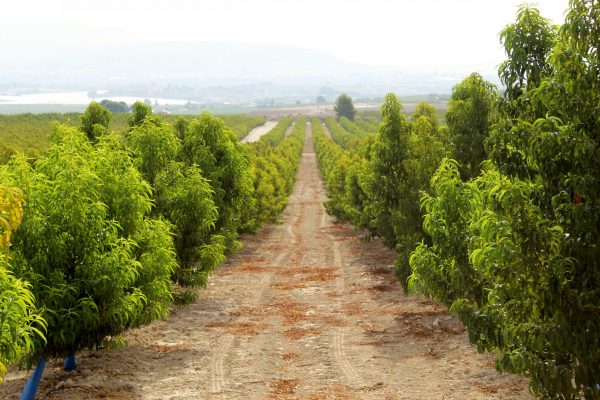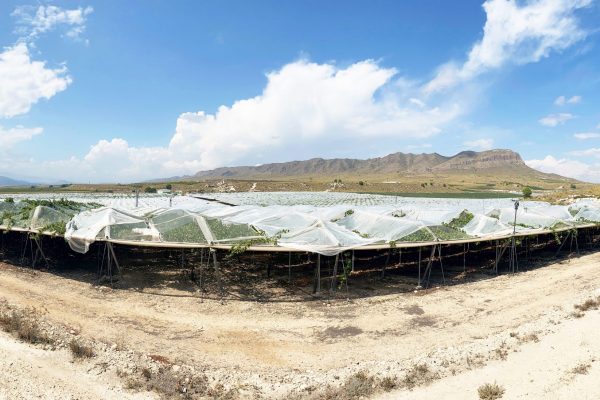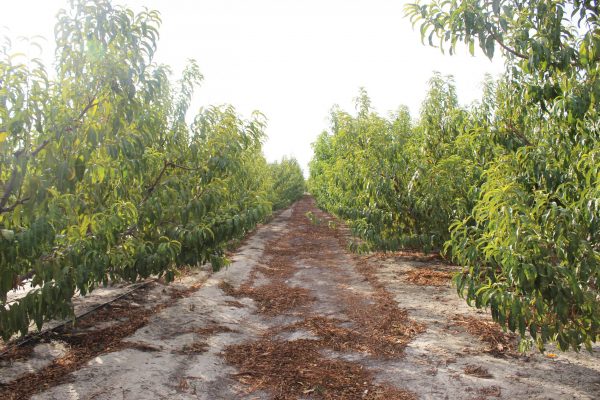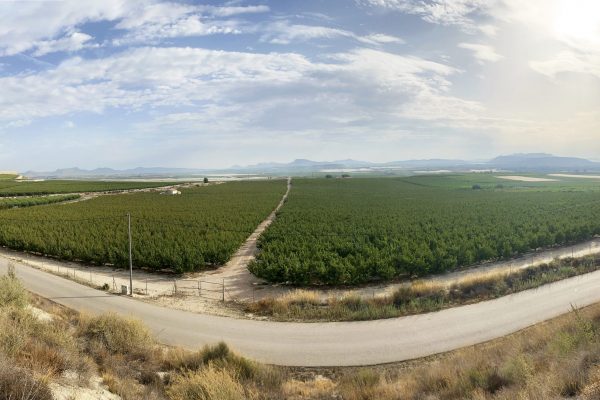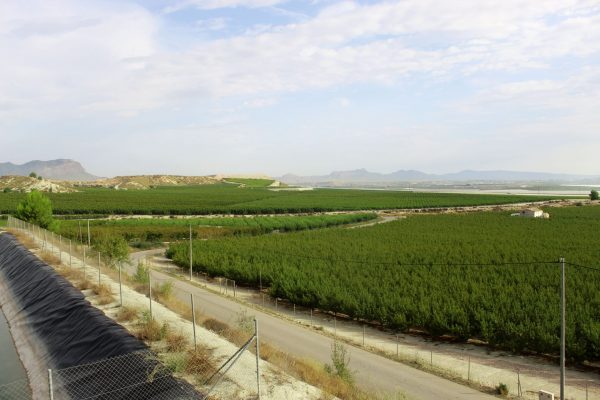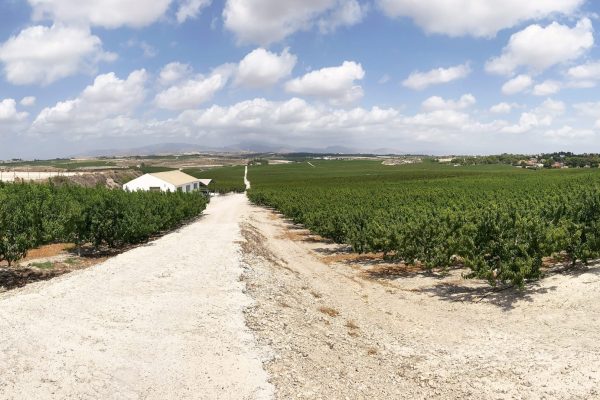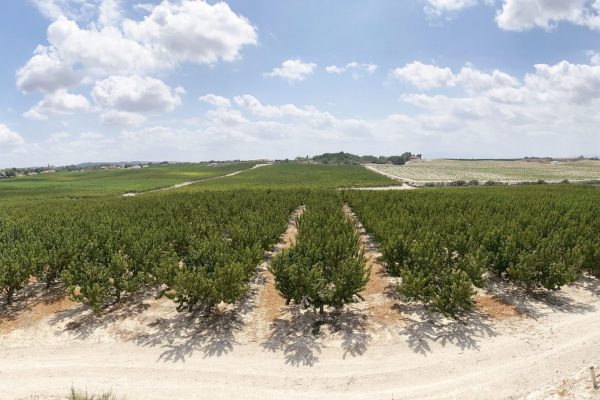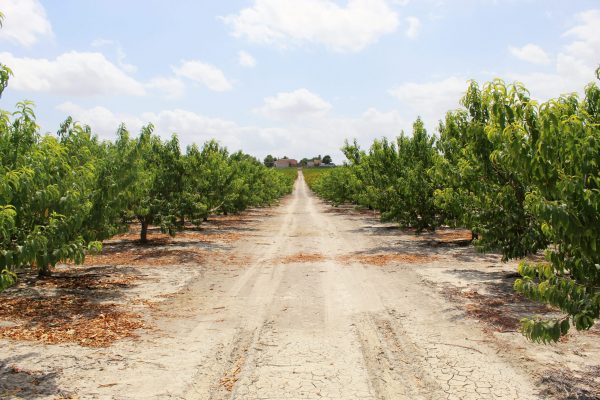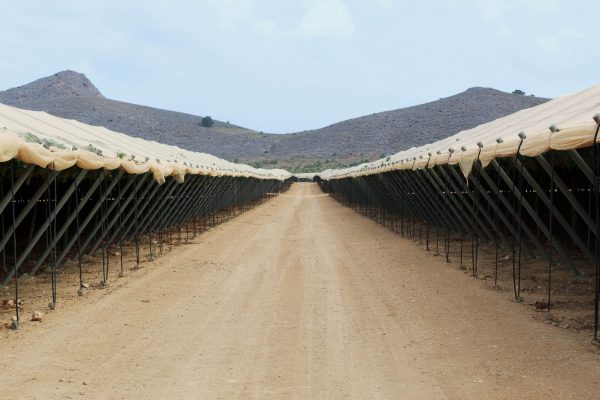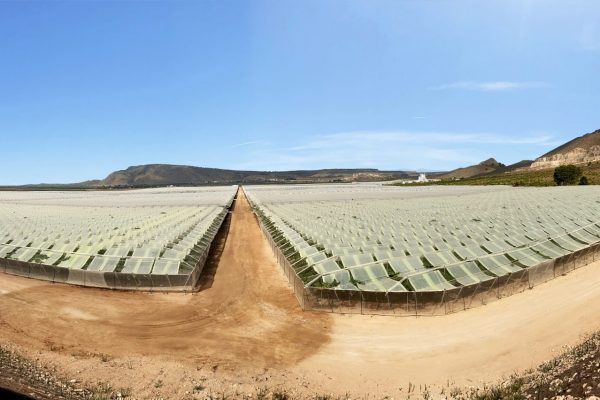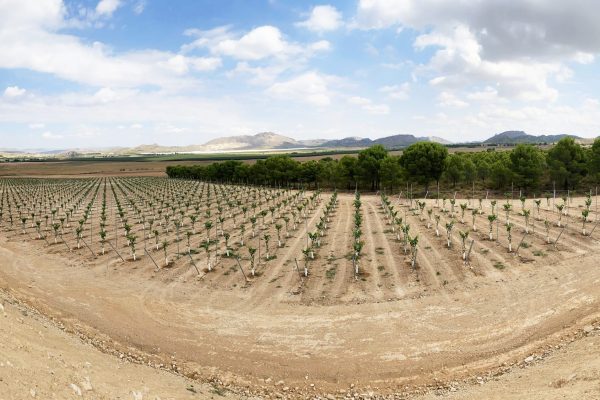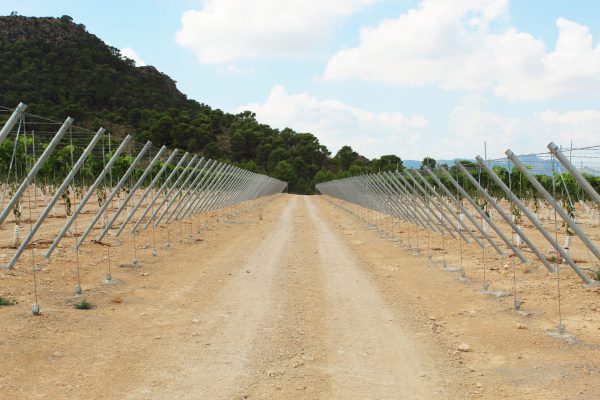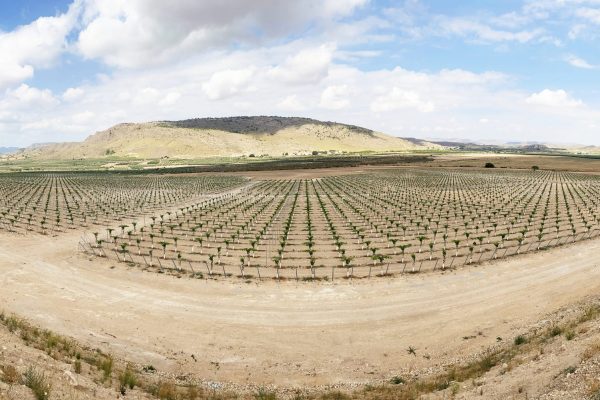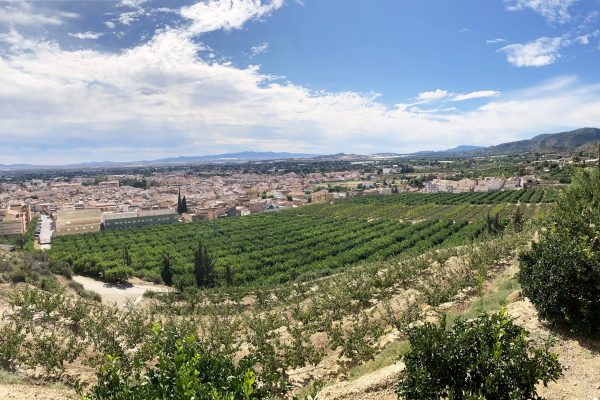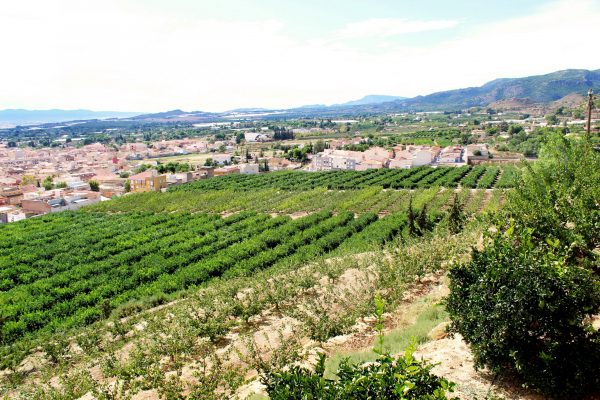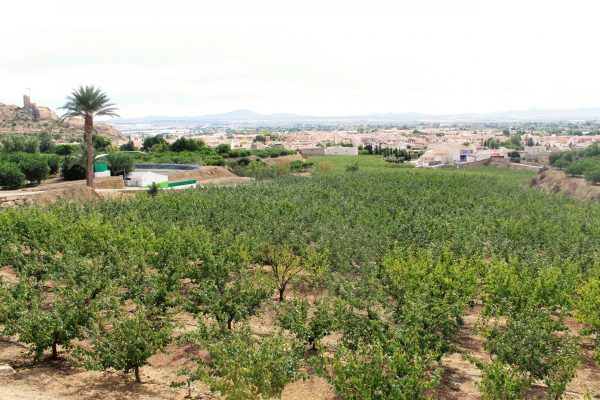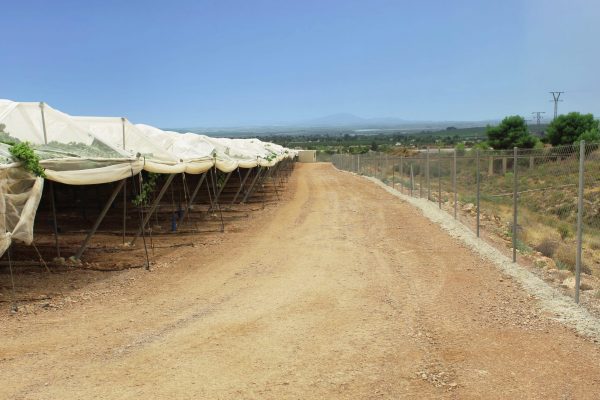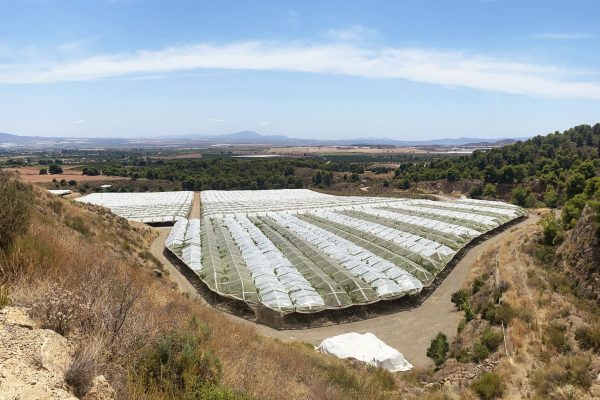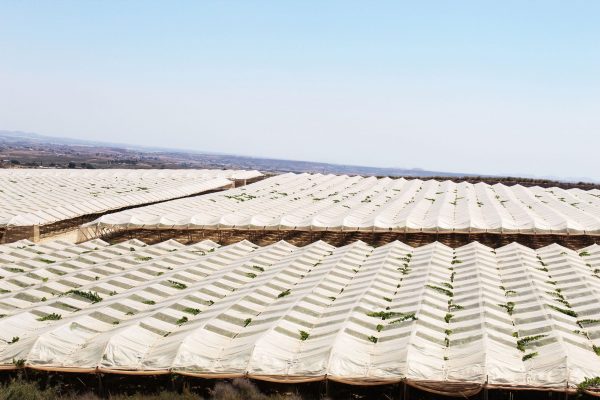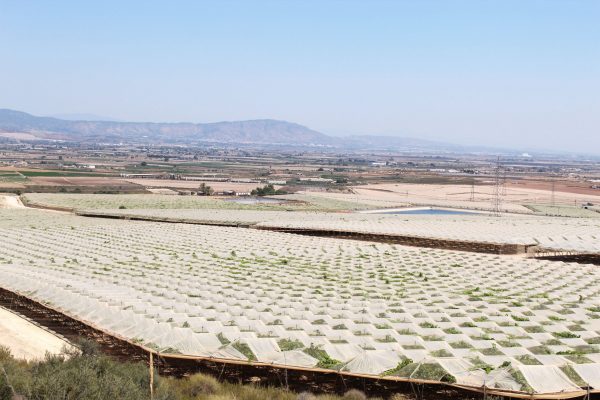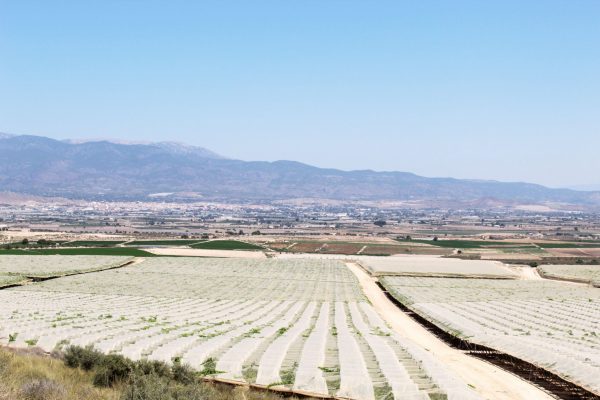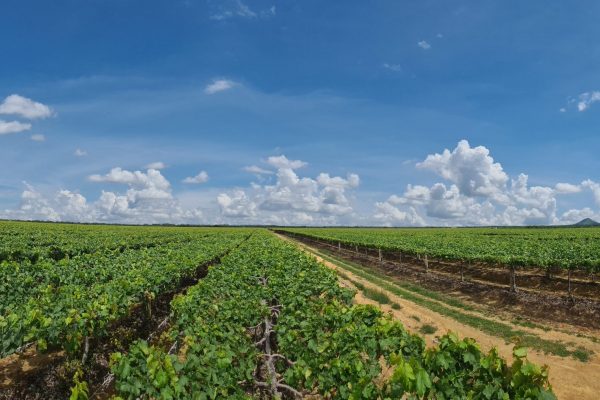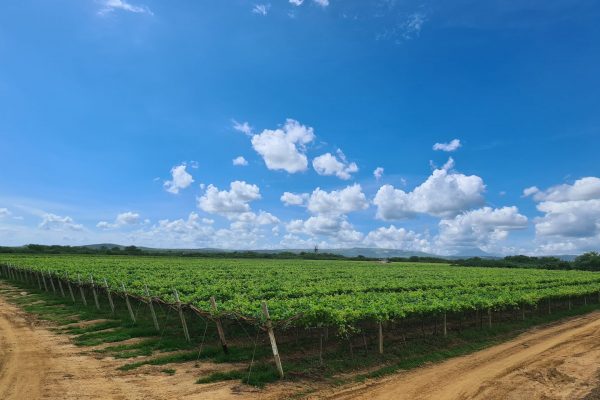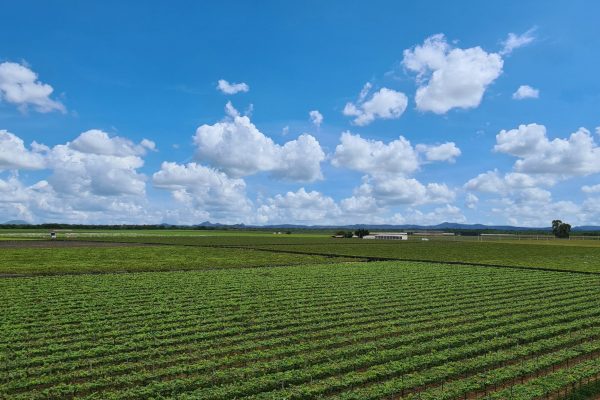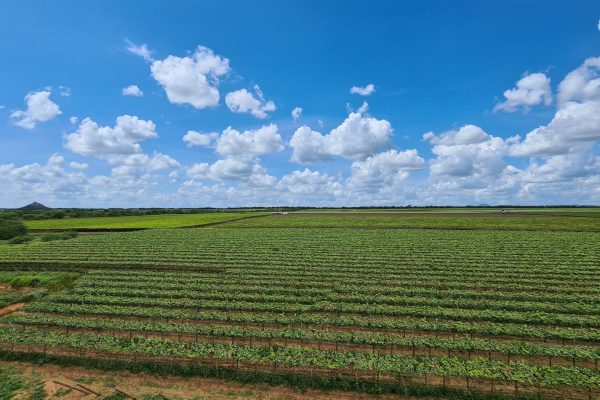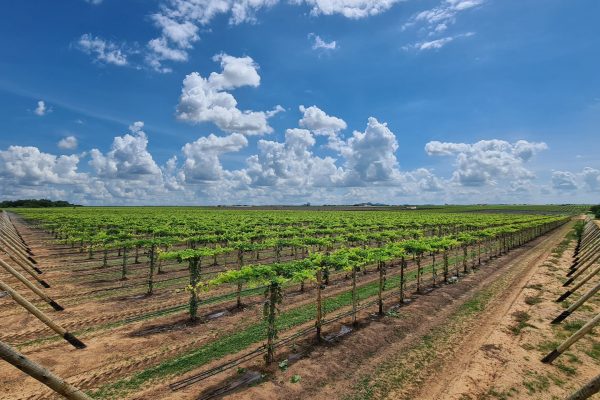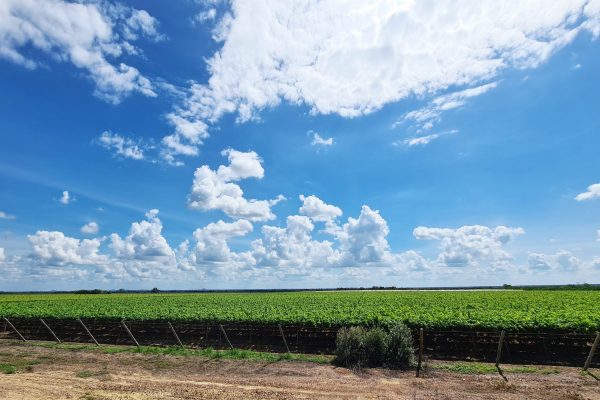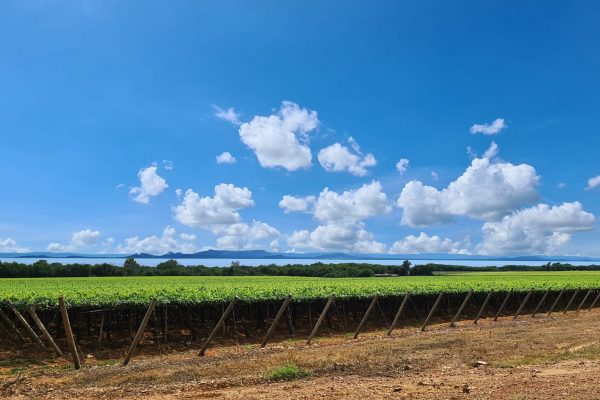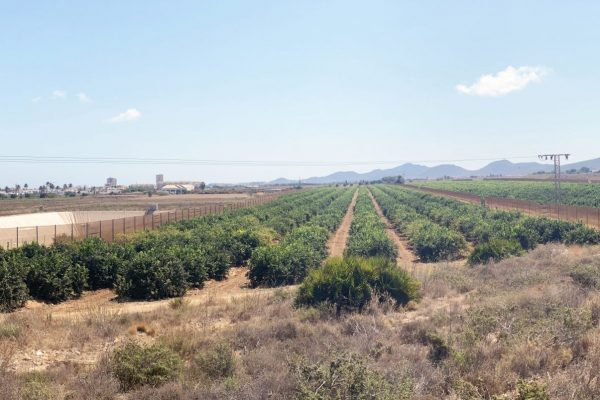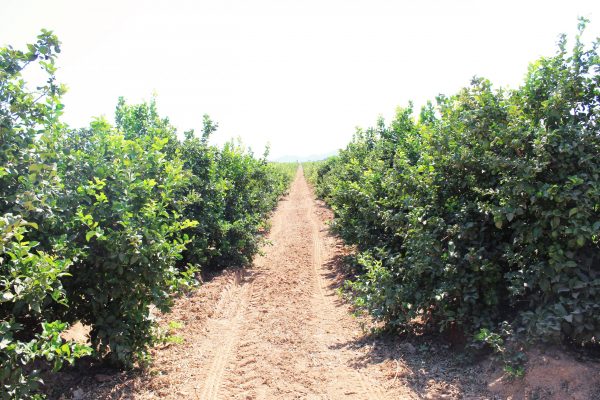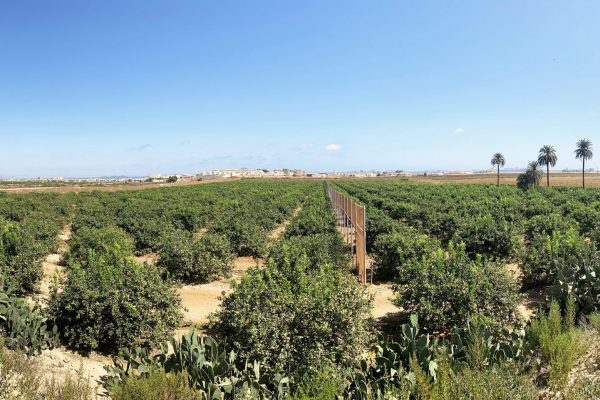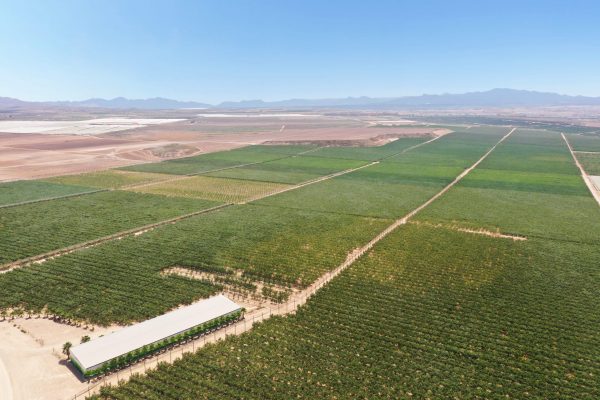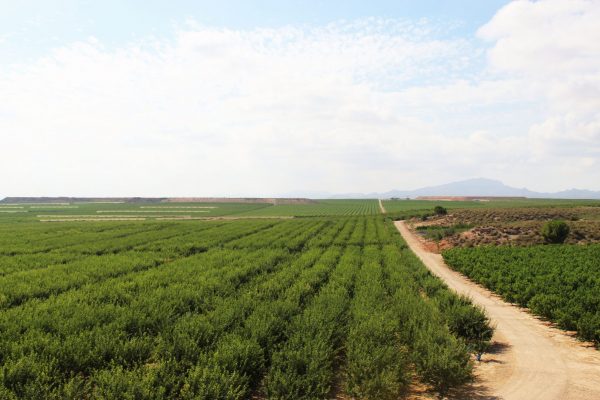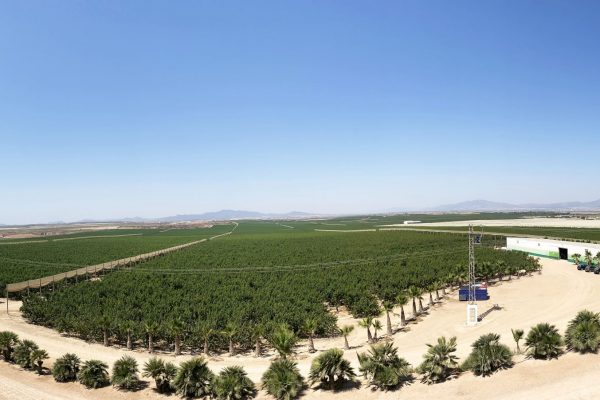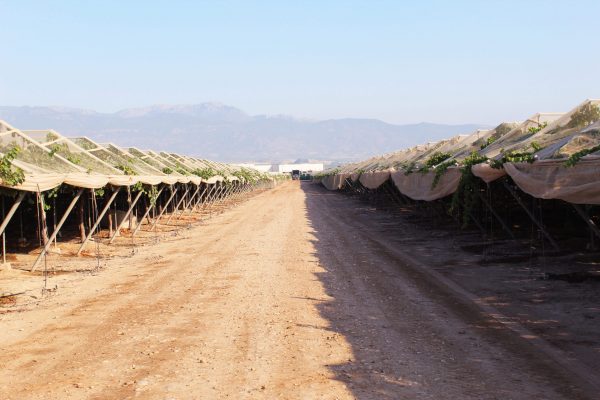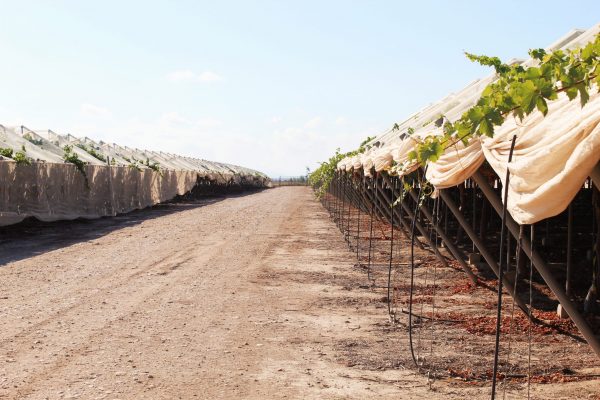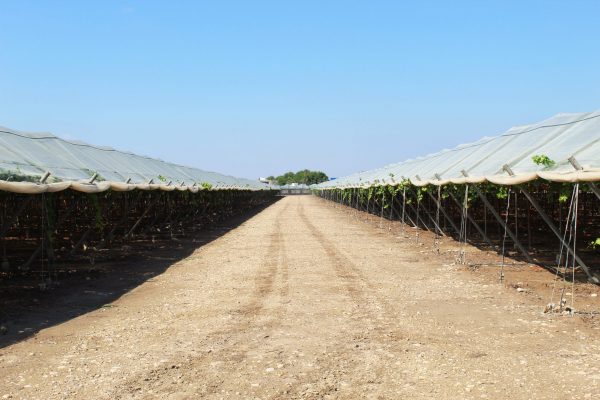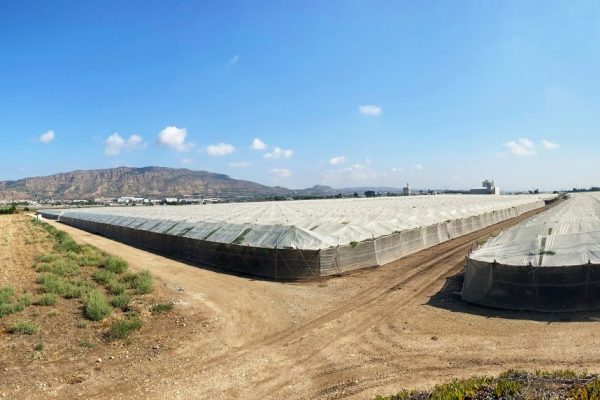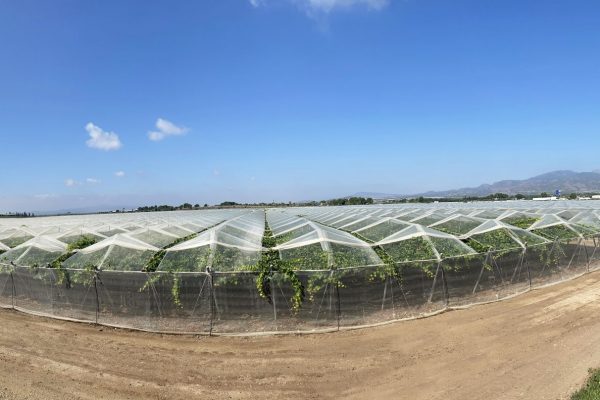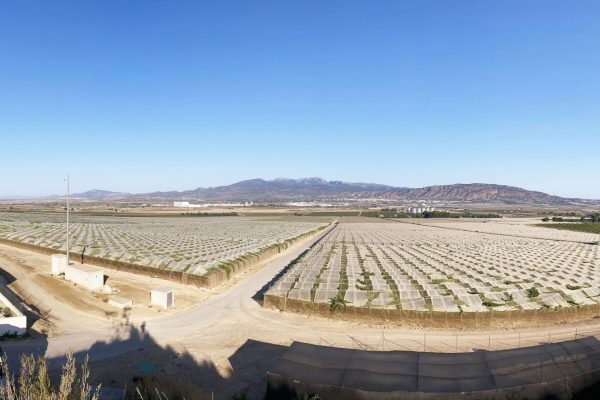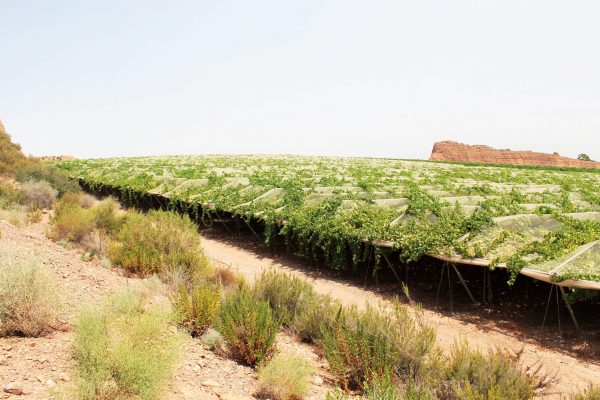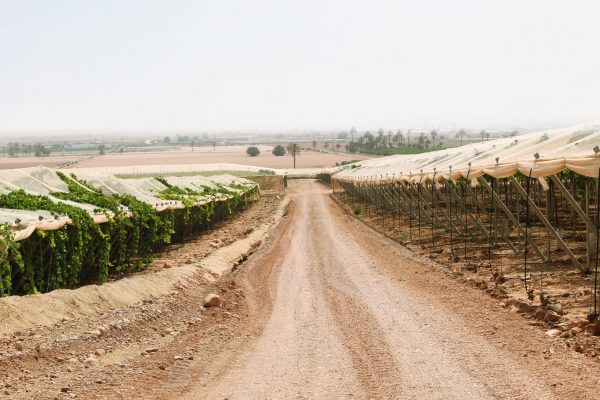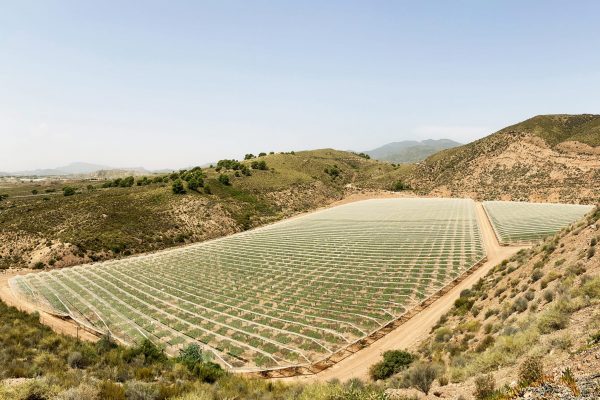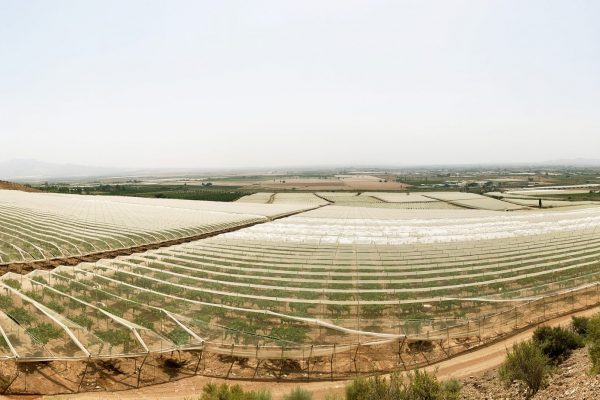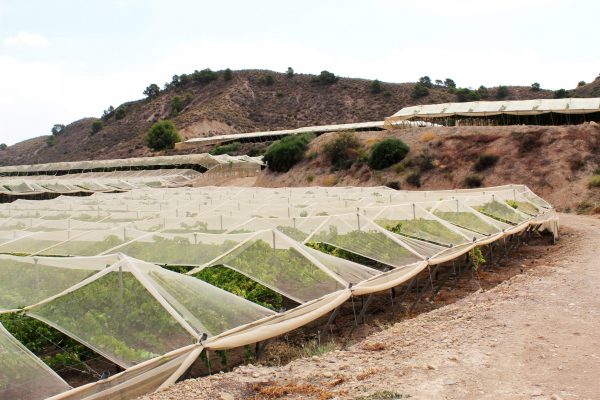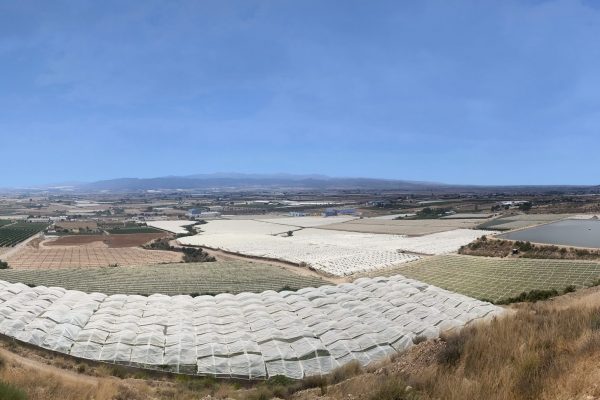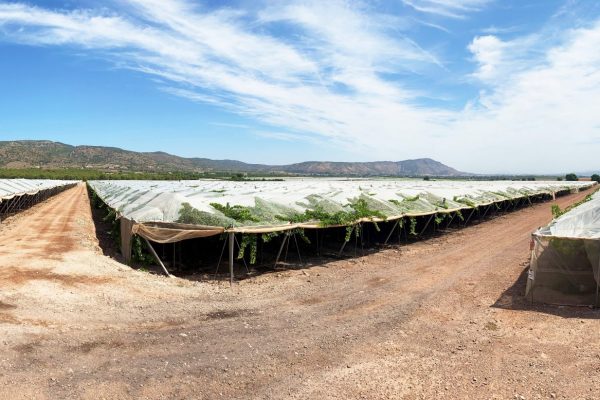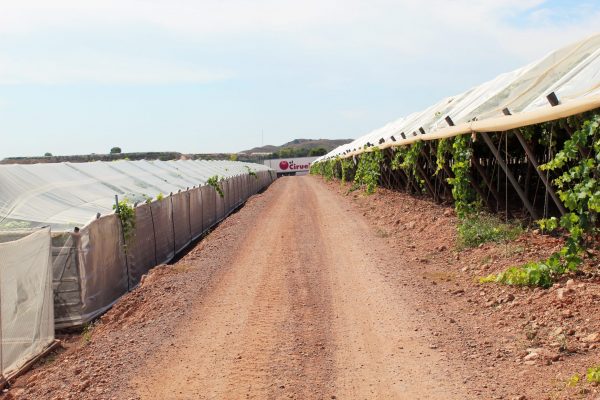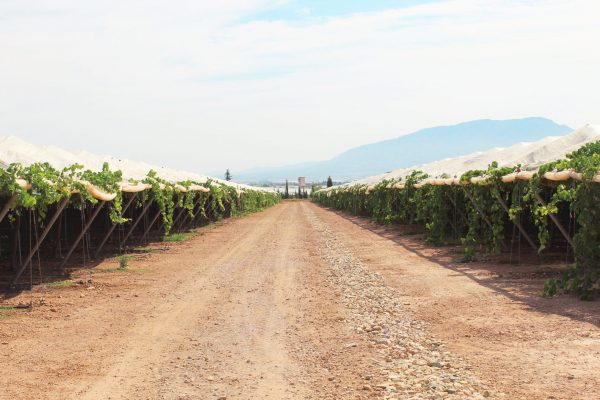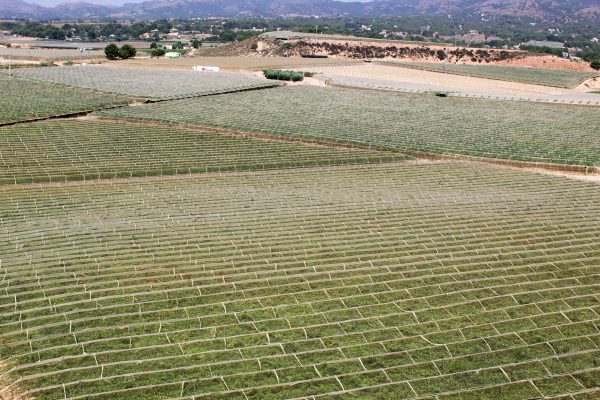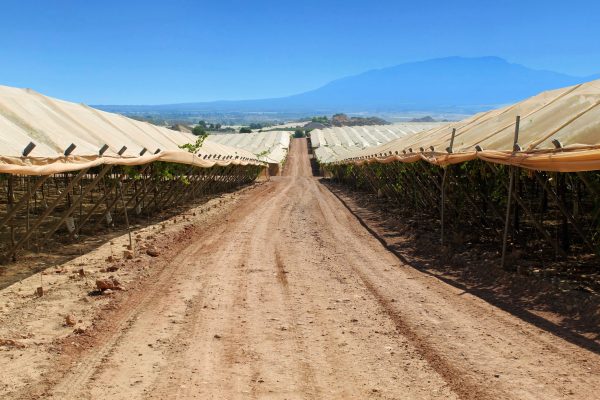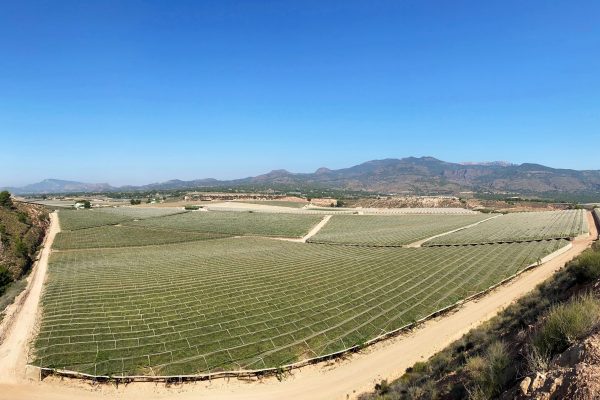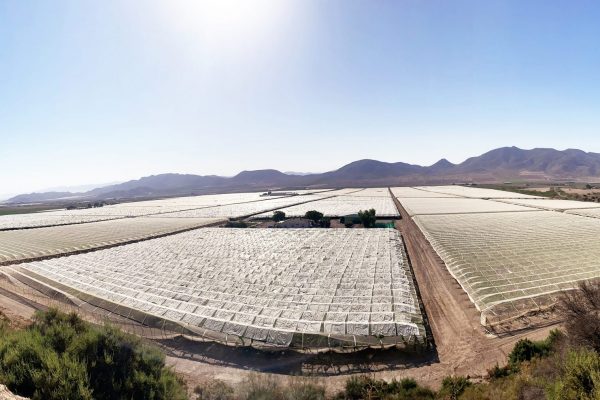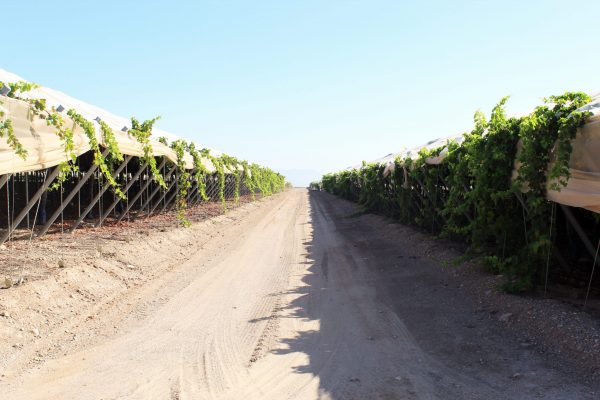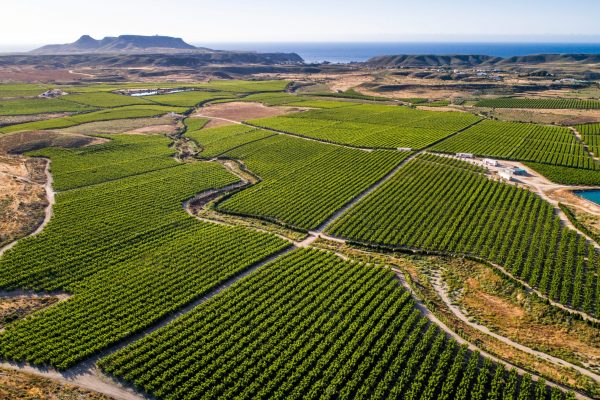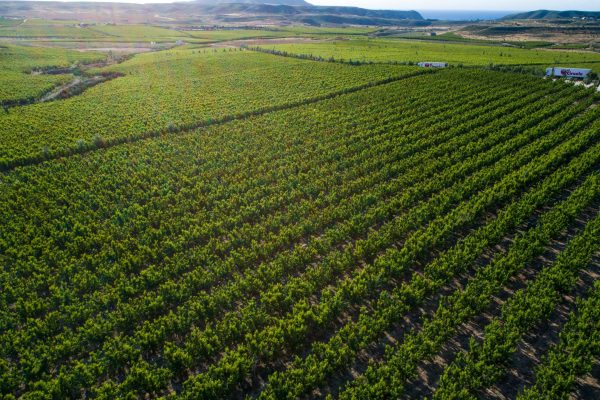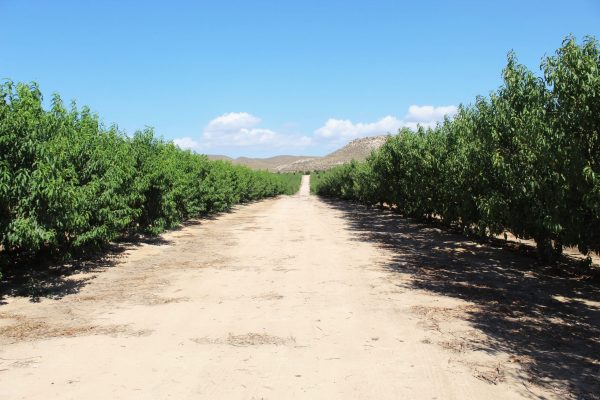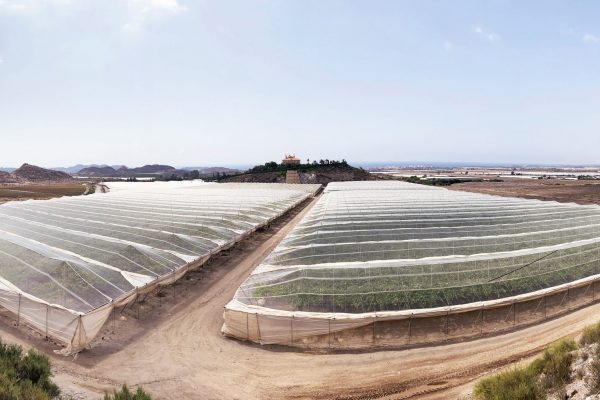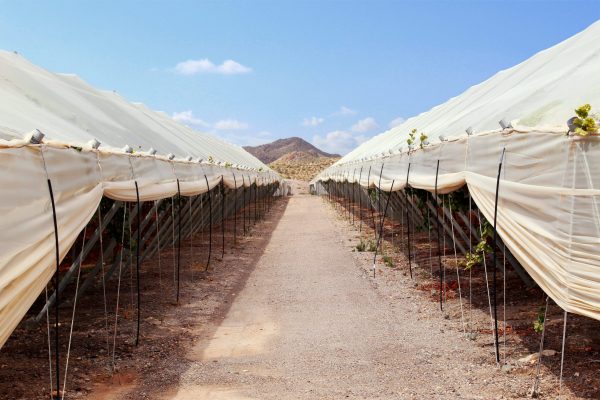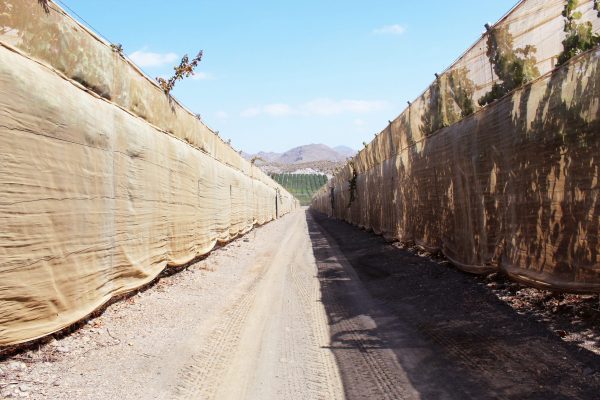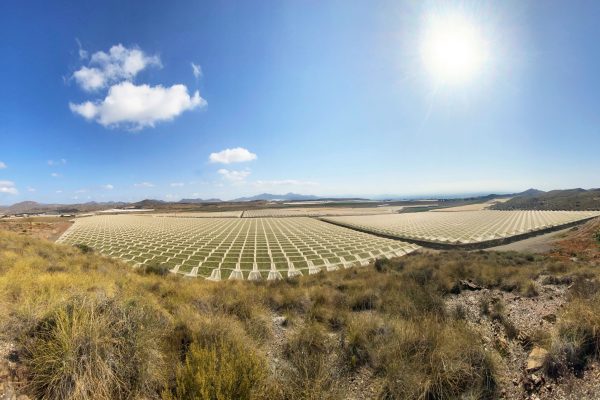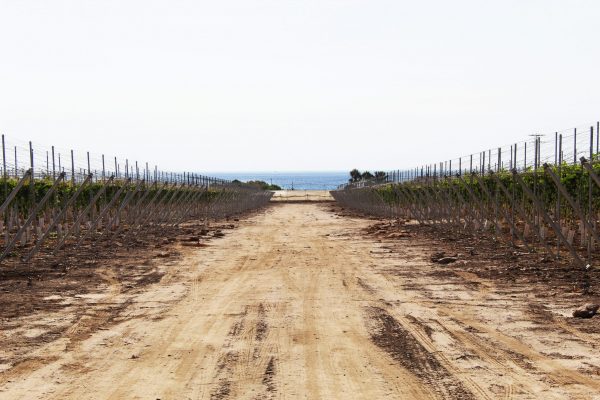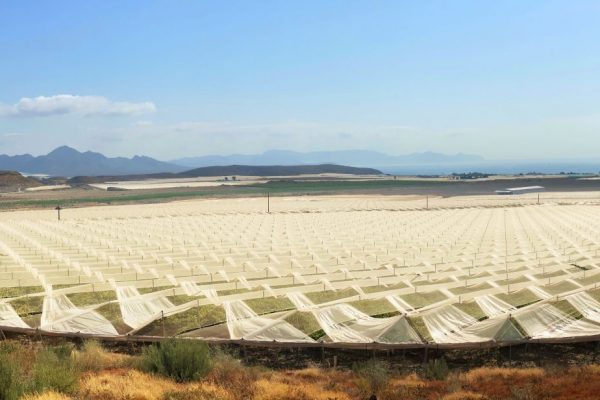Seedless grapes are nowadays a common fruit and are not considered as something extraordinary, but if we go back two or three decades it was not common to be able to acquire them or to imagine that it would be possible to enjoy fruits without their seeds and maintaining all their beneficial properties and delicious flavour.
This has been the result of years of research and crossbreeding of grape varieties. Its origin dates back to the end of the 19th century, when winegrowers began to experiment with the selection and crossbreeding of different grape varieties to experiment with flavours, shapes and, of course, to investigate whether within the genetic variety they were working with there was a possibility of discovering a seedless variety, and so it was. These crosses involved the combination of table grapes and wine grapes, seeking a balance between sweetness and seedlessness, achieving a result that was clearly more competitive in the grape market.
The development of the seedless grape
The development of the seedless grape was a long and painstaking process. Grape breeders worked hard to select vines that exhibited the desired characteristics: a sweet and juicy taste, a pleasant texture and, of course, the absence of seeds. Through careful hybridisation and selection, they eventually succeeded in creating the seedless grape varieties we know today.
One of the most significant milestones in this process was the creation of the “Thompson Seedless” variety in California at the end of the 19th century. This variety became a standard in the industry and served as the basis for the development of other seedless varieties around the world.
The arrival of seedless grapes in Spain
Seedless grapes began to be known and marketed in Spain in the 20th century. Spanish winegrowers saw the potential of this variety and began to cultivate it in various regions of the country, especially in irrigated areas in the south and along the Mediterranean coast. One of the pioneers in the introduction and promotion of the seedless grape in Spain was the farmer Rafael Cordero, who started growing it in the Almería region in the 1960s. His vision and efforts helped to popularise this variety in the country and to establish Spain as one of the main producers of seedless grapes in Europe.
Spain is currently one of the main producers of seedless grapes in Europe, with regions such as Almeria, Murcia and La Mancha standing out for their production. Spanish seedless grapes are exported to numerous countries and have become an essential component of the fresh fruit industry. At El Ciruelo, we have been growing seedless grapes for more than 25 years, being pioneers and making top quality seedless varieties such as Sugraone available to all households.
The Region of Murcia has become the table grape producing region par excellence, and it is in this autonomous region that 70% of all the grapes produced in Spain are grown. This commitment to a revolutionary product while maintaining all the quality has a long history. In 2002, the main table grape producing companies founded Investigación y Tecnología de Uva de Mesa (Table Grape Research and Technology). This company was founded with the intention of experimenting and creating their own seedless grape varieties, which would allow regional companies to produce their own varieties. Every year, between 12 and 15,000 new species hybridisations are produced from which new grape varieties are selected.
Commercial success and current data
The seedless grape has experienced great commercial success throughout the world. Consumption of seedless grapes in Spain has reached 70% of total grape consumption, a figure that is very representative of consumer preferences, especially if we take into account that 10 years ago its production was mainly destined for export and its consumption at national level was not so significant.
Its pleasant taste and the convenience of not having to deal with seeds make it a popular choice among consumers. Moreover, its versatility makes it suitable both for fresh consumption and for the production of products such as sultanas and juices.
In terms of current data, Spain remains one of the world leaders not only in the production of seedless grapes, but also in the number of species and licences for their cultivation in Europe. The annual production of seedless grapes in the country exceeds tens of thousands of tonnes, and export to EU countries and beyond is an important part of the Spanish agricultural economy.
To conclude, we would like to highlight that the seedless grape is an example of how research and careful selection can result in a grape variety that combines flavour and convenience. Its development and commercial evolution in Spain has been remarkable, thanks to the work of farmers and companies, such as El Ciruelo, who have strived to achieve an unbeatable product and have taken it beyond our borders, making our products known halfway around the world.
Today, the seedless grape is a product appreciated both nationally and internationally, and Spain plays a key role in its production and distribution. With its sweetness and absence of seeds, the seedless grape continues to conquer palates and maintain its position as one of the most popular grape varieties worldwide.

